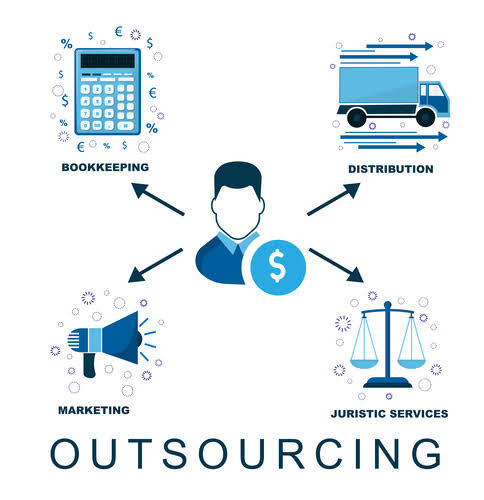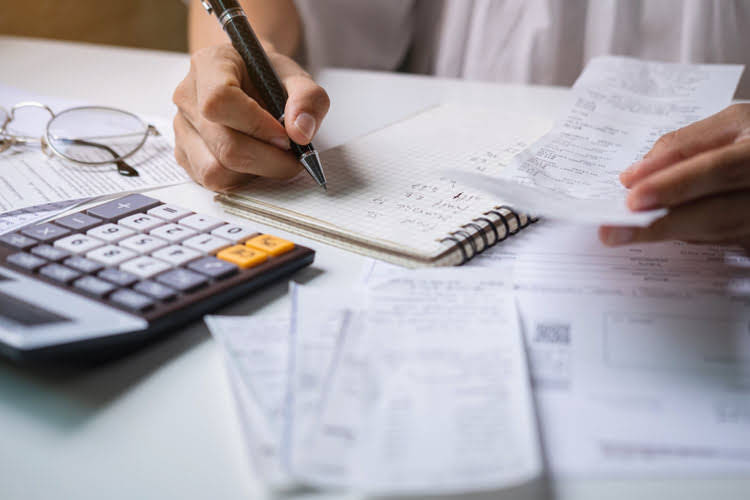
Save time with automated accounting—ideal for individuals and small businesses. In later years, as maintenance becomes more regular, you’ll be writing off less of the value of the asset—while writing off more in the form of maintenance. So your annual write-offs are more stable over time, which makes income easier to predict. Learn how to build, read, and use financial statements for your business so you can make more informed decisions. Continuing with the same numbers as the example above, in year 1 the company would have depreciation of $480,000 under the accelerated approach, but only $240,000 under the normal declining balance approach. We collaborate with business-to-business vendors, connecting them with potential buyers.

Formula of Double Declining Depreciation Calculator
On the other hand, with the double declining balance depreciation method, you write off a large depreciation expense in the early years, right after you’ve purchased an asset, and less each year after that. To calculate the depreciation expense of subsequent periods, we need to apply the depreciation rate to the laptop’s carrying value at the start of each accounting period of its life. The double-declining balance method aligns asset depreciation with revenue generation, providing significant tax benefits and a realistic reflection of asset value. However, manually calculating depreciation for multiple assets can be time-consuming and error-prone, especially for businesses managing complex asset portfolios. As its name implies, the DDD balance method is one that involves a double depreciation rate.

How the Double Declining Balance Depreciation Method Works
By accelerating the depreciation and incurring a larger expense in earlier years and a smaller expense in later years, net income is deferred to later years, and taxes are pushed out. Businesses choose to use the Double Declining Balance Method when they want to accurately reflect the asset’s wear and tear pattern over time. What it paid to acquire the asset — to some ultimate salvage value over a set period of years (considered the useful life of the asset).
We help eCommerce businesses master their finances.
First, the straight-line depreciation rate is determined by dividing 100% by the asset’s useful life. For example, an asset with a five-year useful life has a straight-line rate of 20%. This rate is then doubled to produce the double declining rate, which, in this case, would be 40%. Of course, the pace at which the depreciation expense is recognized under accelerated depreciation methods declines over time. The declining balance method is one of the two accelerated depreciation methods and it uses a depreciation rate that is some multiple of the straight-line method rate. The double-declining balance (DDB) method is a type of declining balance method that uses double the normal depreciation rate.
- Since public companies are incentivized to increase shareholder value (and thus, their share price), it is often in their best interests to recognize depreciation more gradually using the straight-line method.
- So if you have a question about the calculator’s subject, please seek out the help of someone who is an expert in the subject.
- This gives you the annual depreciation rate if you were using the straight-line method.
- Accumulated depreciation is the cumulative depreciation expense recognized as an asset over its lifetime.
- Each method serves distinct purposes and can be chosen based on a company’s financial strategy and the nature of the assets involved.
- Depreciation expense, on the other hand, is recorded on the company’s income statement.
Download our Sample Ecommerce Financial Reports

While the double declining balance method emphasizes rapid depreciation, the salvage value plays a role in ensuring total depreciation does not reduce the book value below this amount. Explore the double declining balance method for depreciation, focusing on calculation, adjustments, and financial reporting insights. Every year you write off part of a depreciable asset using double declining balance, you subtract the amount you wrote off from the asset’s book value on your balance sheet. Starting off, your book value will be the cost of the asset—what you paid for the asset. (You can multiply it by 100 to see it as a percentage.) This is also called Medical Billing Process the straight line depreciation rate—the percentage of an asset you depreciate each year if you use the straight line method.
- Among the various methods, the double declining balance method stands out for its accelerated depreciation approach, allowing businesses to write off assets more rapidly during their early years.
- The amount used to determine the speed of the cost recovery is based on a percentage.
- For example, a $10,000 asset with a five-year life span would be depreciated at 20%—or $2,000—per year using straight-line depreciation.
- However, accelerated depreciation does not mean that the depreciation expense will also be higher.
- However, note that eventually, we must switch from using the double declining method of depreciation in order for the salvage value assumption to be met.
Depreciation lets you record this decrease in value unearned revenue on your financial statements. It turns the initial cost of the asset into an ongoing expense, spread across the asset’s useful life, giving you a more accurate financial picture. The biggest thing to be aware of when calculating the double declining balance method is to stop depreciating the asset when you arrive at the salvage value. That is less than the $5,000 salvage value determined at the beginning of the asset’s useful life. Note, there is no depreciation expense in years 4 or 5 under the double declining balance method.
- Physical factors like age and weather also contribute to the depreciation of assets.
- The depreciation expense is then subtracted from the beginning book value to arrive at the ending book value.
- Because depreciation, ultimately, reduces taxable income, we want to depreciate each asset down to zero or expense money is left on the table.
- Yes, businesses can switch methods if they find another one suits their needs better.
As years go by and you deduct less of the asset’s value, you’ll also be making less income from the asset—so the two balance out. You get more money back in tax write-offs early on, which can help offset the cost of buying an asset. If you’ve taken out a loan or a line of credit, that could mean paying off a double declining depreciation larger chunk of the debt earlier—reducing the amount you pay interest on for each period.
